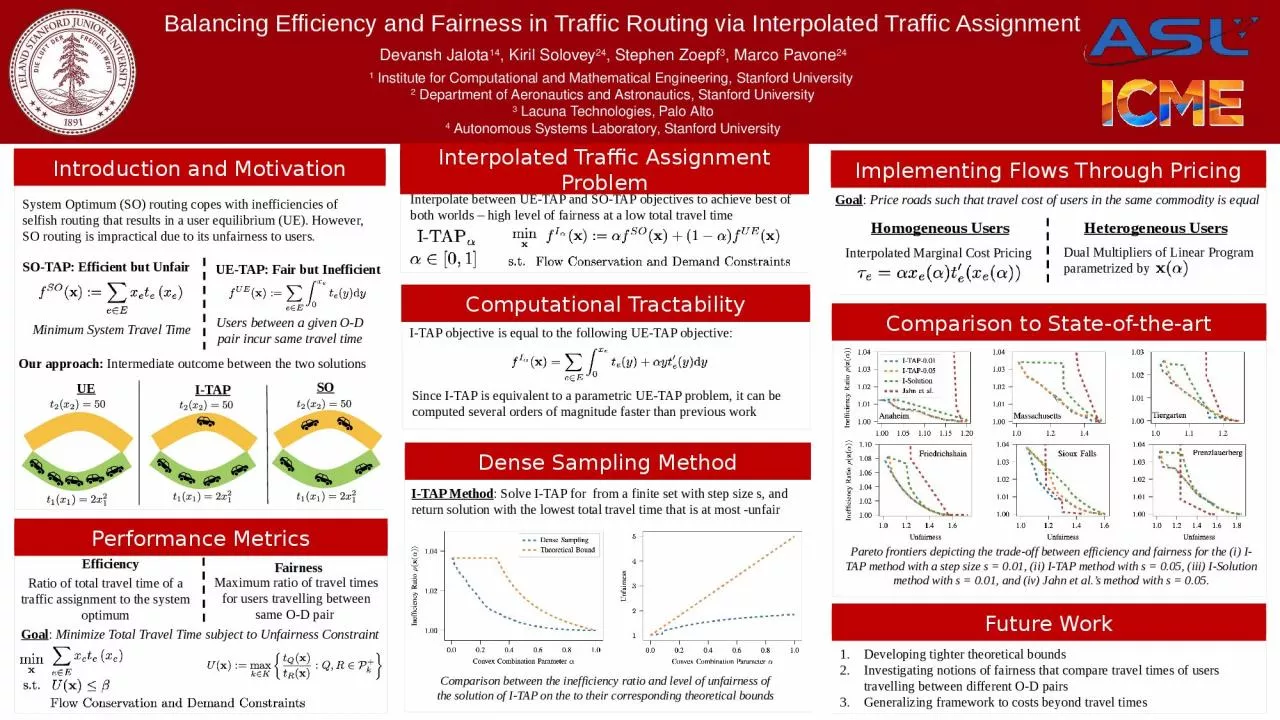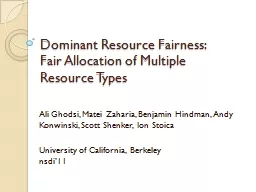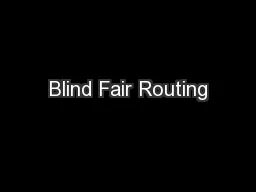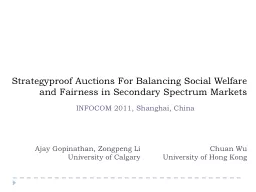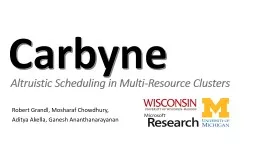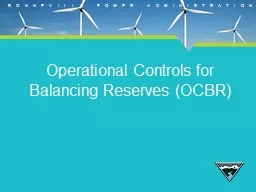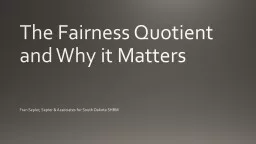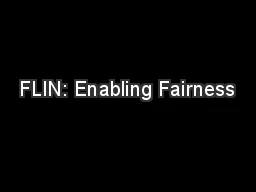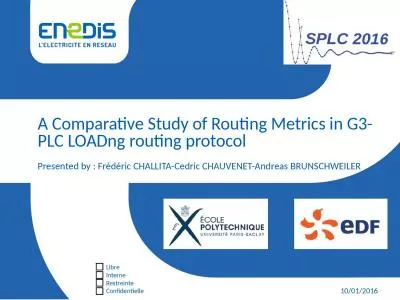PPT-Balancing Efficiency and Fairness in Traffic Routing via Interpolated Traffic Assignment
Author : ThoughtfulTiger | Published Date : 2022-08-04
Devansh Jalota 14 Kiril Solovey 24 Stephen Zoepf 3 Marco Pavone 24 1 Institute for Computational and Mathematical Engineering Stanford University 2 Department
Presentation Embed Code
Download Presentation
Download Presentation The PPT/PDF document "Balancing Efficiency and Fairness in Tra..." is the property of its rightful owner. Permission is granted to download and print the materials on this website for personal, non-commercial use only, and to display it on your personal computer provided you do not modify the materials and that you retain all copyright notices contained in the materials. By downloading content from our website, you accept the terms of this agreement.
Balancing Efficiency and Fairness in Traffic Routing via Interpolated Traffic Assignment: Transcript
Download Rules Of Document
"Balancing Efficiency and Fairness in Traffic Routing via Interpolated Traffic Assignment"The content belongs to its owner. You may download and print it for personal use, without modification, and keep all copyright notices. By downloading, you agree to these terms.
Related Documents

